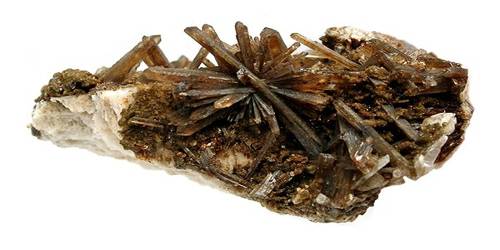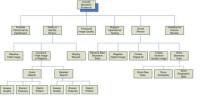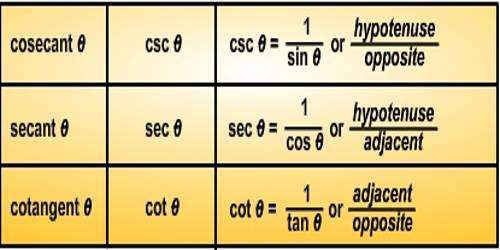Childrenite is a rare hydrated phosphate mineral with elements iron, manganese, aluminum, phosphorus, oxygen, and hydrogen. It is a classic secondary mineral that was first discovered in the mines of Devon, England especially the classic George and Charlotte Mine near Tavistock. Its chemical formula is (Fe, Mn)AlPO4(OH)2 • H2O. It forms transparent to translucent, brown, yellow-brown, dark-yellow tabular or bladed crystals. Facet-quality rough is rare and cut stones are often relatively small.
Childrenite was discovered in 1823 by John George Children (1777–1852), who was a prominent English chemist and mineralogist. This secondary mineral was first found in the George and Charlotte Mine near Tavistock in Devon.
General Information
- Category: Phosphate minerals
- Formula: Fe, Mn)AlPO4(OH)2 H2O
- Crystal system: Orthorhombic
- Crystal class: Pyramidal (mm2) (same H-M symbol)

Properties
It has a molecular weight of 229.83 g/mol. Its specific gravity is 3.2 and it has a Mohs hardness of 4.5 to 5. It is usually translucent and non-fluorescent, with imperfect cleavage. It has a vitreous luster with a white streak and is brown or yellow in color. It has a conchoidal, uneven fracture, and an orthorhombic crystal system.
- Color: Yellowish brown, brown, clove-brown; colorless in transmitted light.
- Cleavage: Poor/indistinct on {100}
- Fracture: Irregular/uneven, sub-conchoidal
- Mohs scale hardness: 5
- Luster: Vitreous, resinous
- Streak: White
- Diaphaneity: Transparent, translucent
- Specific gravity: 3.11 – 3.19
Its formation is probably from the alteration of granitic phosphates like lithiophilite and triphylite. Childrenite is also found in some ore veins.
Occurrence: In some complex granite pegmatites, typically a low-temperature hydrothermal alteration product of primary phosphate minerals.
Childrenite forms tabular or bladed individuals or lamellar aggregates. It has been said that the two different habits belie their solid solution relationship.
It forms a solid solution series with eosphorite. The chemical composition of eosphorite only differs by being rich in manganese and not in iron. The structures are the same, and differences in properties can be traced to the iron/manganese percentage. Of the two, childrenite is denser. Furthermore, eosphorite is normally pink in color, which can be attributed to manganese.
Information Source:
















